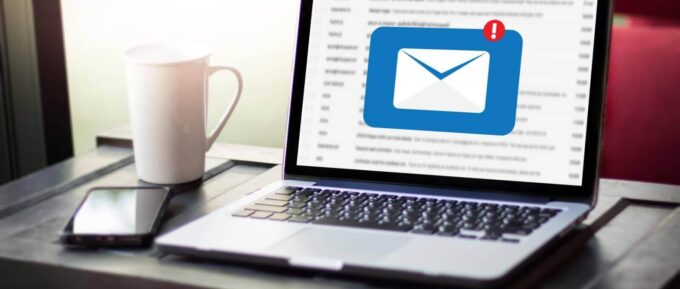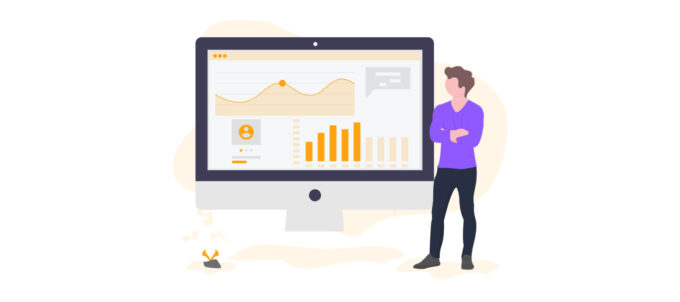If you run a nonprofit, you probably know that it can feel a bit overwhelming sometimes. There is so much of which you need to keep track. There are many moving parts at any given time, and you might wish there were tools that could make your life easier.
Fortunately, this is a time when technology can present many viable solutions. To that end, let’s take a look at donor management software programs. There are some great ones available, and they can be the solution you need to streamline your fundraising operation and get rid of some of your headaches.
As you look at such software, you’ll want to select the one that can do some particular things for you. Let’s talk about what each of those are.
1. Email Creation

The Everyaction donor management software providers talk about needing a system that can “create beautiful emails with integrated one-click donations.” You definitely want your software suite to have that capability. That is because you can use emails to:
- Figure out who wants to give to your cause
- Identify someone who might give in the future, even if they don’t have the money to do so now
You want a software system that can utilize your compiled email list and create customized messages that won’t sound rote. It is more likely that people will contribute if the communications they receive from you sound personalized and not too robotic.
You also need those emails to have a one-click donation option. You can’t make contributing very complicated, or you’ll lose some potential donors. You’ll want a system that can quickly update your email list as you attract new contributors and shed the ones who opt out.
2. Online Fundraising Capabilities

You will also want a donor management software system that has superior online fundraising capabilities. That means it has to be:
- Mobile optimized
- Desktop and laptop optimized
You will certainly get a lot of people who interact with your emails or your website when they are on the go. That’s why you need software that will work well on mobile devices like smartphones and tablets. However, some people will also use a laptop or desktop, so your system should operate seamlessly on those as well.
You want a software system that stresses one-click giving. You want people to regard contributing to you the same way they would any other impulse purchase.
It may be for a good cause, but you also don’t want donors to have to think about it too hard. It’s the same as having candy bars, gum, and magazines at the grocery store checkout line. You want contributors to be able to click a single button and donate before they reconsider, and that means utilizing a system with simple functionality.
3. Customized Reporting Features

Your system needs to have customized analytical capabilities. You might be a nonprofit, but you can still perform better based on market study, just as a for-profit entity would.
That means you need a software suite that’s keeping track of what sort of people contribute, how much, and when. For instance, is there a particular age group that gives more than others? Do you have more contributors that are a particular gender, race, economic class, or some other key metric?
Based on the data your system collects over time, you can decide who you want to market toward more aggressively. When you regard your nonprofit fundraising efforts the same way you would if you were marketing a for-profit company’s services and products, you should be more successful.
4. Volunteer Management

Of course, running a nonprofit is about more than donor solicitation. You also probably have an extensive volunteer network, and you have to assign them their various tasks.
You no longer have to call each one of them to tell them what you expect from them. You can now use your software suite to assign them tasks, which should save you valuable time.
You can assign them neighborhoods to canvas through the software if you want them to go door to door. You can also post event information if you plan on being present at a community gathering or some similar function.
You can send out member alerts if you have to drum up money for a specific cause more urgently than you normally would. This is a way for you to keep in touch with your network much easier than any previous means you had at your disposal.
5. Keep Track of Major Gifts

You also might have larger organizations that give to you sometimes, aside from the average individual or family contributor. You have to prioritize these gifts and keep careful track of them since they’re bound to be larger than the typical contribution.
Any time you have grants or large pledges, you can get an alert telling you the amount and entity. You will probably want to contact these parties personally rather than having an automated thank you email.
You also need to keep track of these donations for tax purposes. If you fail to keep careful track of any of them, that can get you in trouble with the IRS when tax time rolls around.
You need your software to have all of the aspects we mentioned, though there are others you should certainly think about as well. For example, you might want social network integration. If you have a system that can communicate with potential donors via the various social media platforms that exist, that might be the best way to get their attention.
You’ll also have to think about how much these systems cost. Some are more expensive than others, and while getting one is vital, you probably don’t have unlimited financial resources.
If you fail to get one of these systems, and you continue relying on outdated methodology, you’re doing yourself a disservice. You should make things easier for you, as well as your employees and all of your potential donors.








